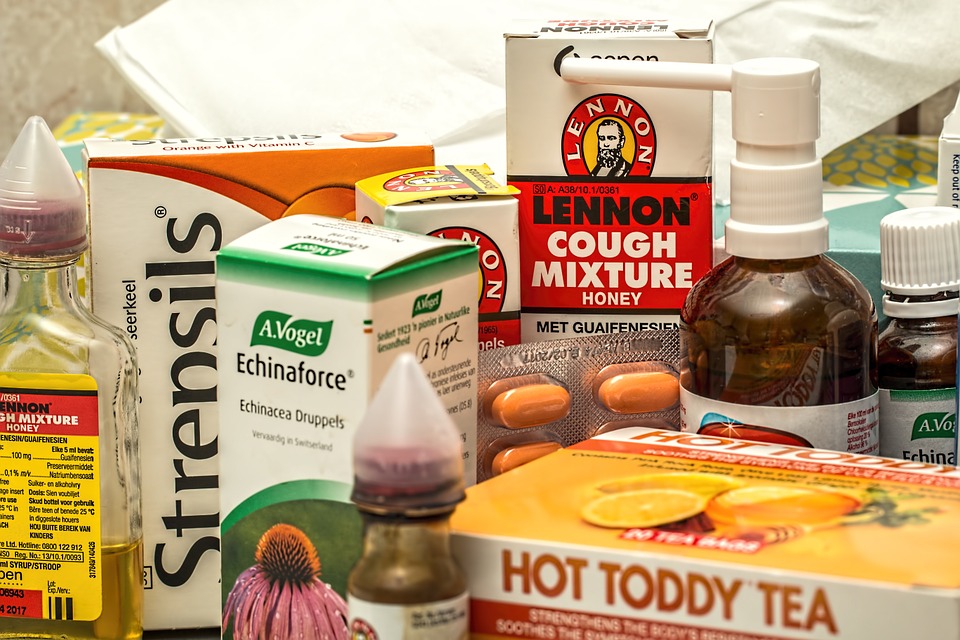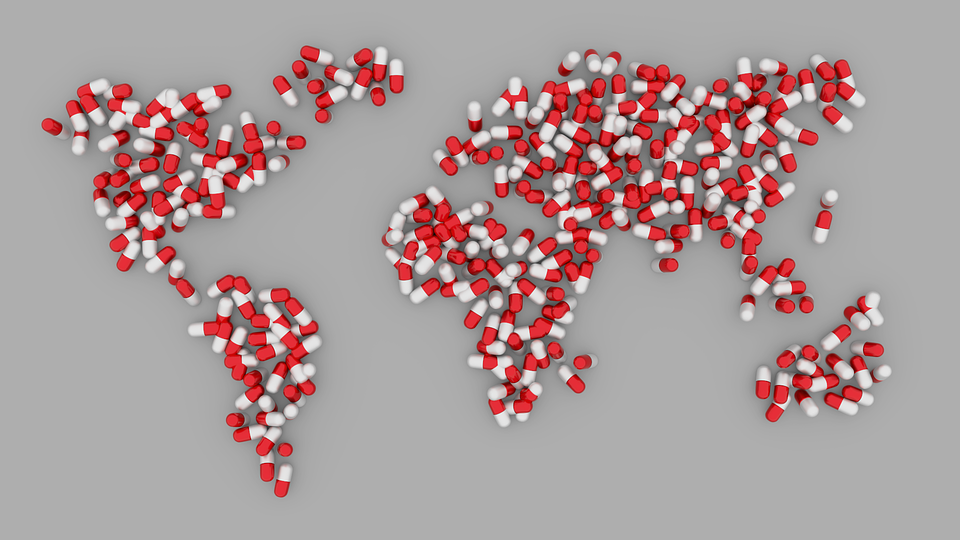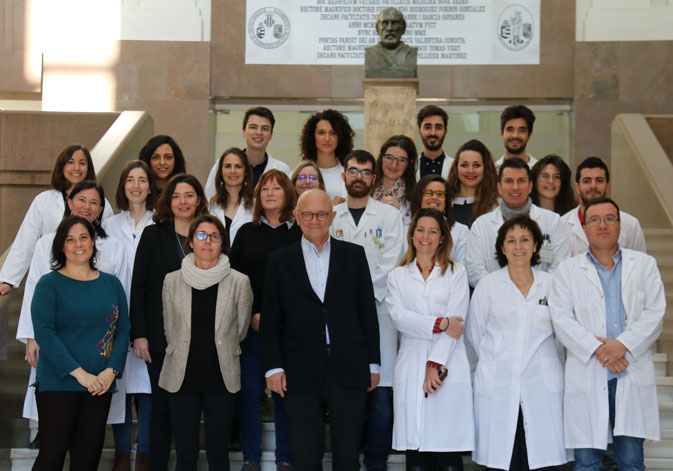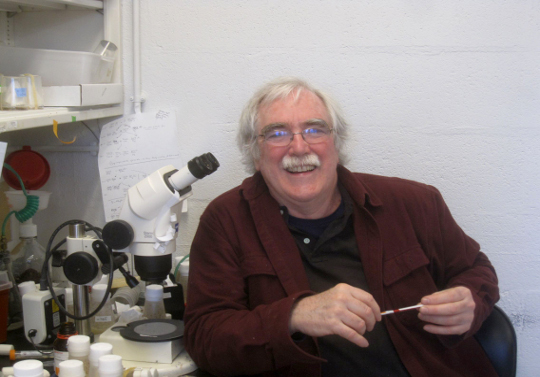
The resistance to antibiotics is becoming more common over the years and it complicates the prevention and treatment of infections.
26 february 2016
According to the Doctor Javier Cobo, from the Infectious Disease Unit from the Ramón y Cajal Hospital, around 25,000 people in Europe die because of resistance to antibiotics. This number could increase up to 10 million people by the year 2050, according his estimations. Each year the resistance of bacteria, parasites, fungi and virus to the drugs we have available is bigger.
The WHO (World Health Organisation) affirms that patients with infections caused by drug-resistant bacteria –that is, immune to drugs– have worse prognosis and bigger mortality rate that patients that get infected from the same bacterium that does not present resistance. Below, we explain five things maybe you did not know on the resistance to antibiotics:
1. What is the resistance of antibiotics about?
This process is based in bacteria that become immune to anti-microbials that used to destroy them. That is, an organism (bacteria, fungi, virus and parasites) becomes resistant to a drug to which it used to be vulnerable. The treatments that we know to this day are starting to be ineffective in some parts of the world and the infections they destroyed now persist, so the spreading risk increases.
These immunisations are part of a natural process: micro-organisms are alive and constantly changing so they can arise for the exchange of resistance characteristics of by pure chance.

2. Is it a cause for concern?
Yes, it is. The disease control process is long and costly and leaves many lives off on a boat. The immunisation of these diseases makes the complete process to start again since it is necessary to know a new drug to stop these bacteria, which can be lethal again. Resistance to drugs can make people who live normally with a disease to be seriously ill, since they do not know how to control that disease.
3. Where are we with this matter today?
Infections caused by a microorganism resistant to drugs provoke the spread of diseases in time and can become lethal. Patients go from having a controlled disease to being in a situation of uncertainty since they do not know how to treat that infection.
According to the WHO, the mortality rate of patients with serious diseases who are treated in hospitals doubles, approximately, the rate of patients with infections caused by non-resistant bacteria.
4. What are the most resistant bacteria?
We have already found immune branches to the drugs of diseases as tuberculosis, malaria, HIV and the flue. The most remarkable case is tuberculosis, which has a 3,5% of cases at a global level that are resistant to drugs.
5. What to expect for the future?
Resistance to drugs, as we have explained above, is a natural process, so it is uncontrollable. Some human activities can strengthen this immunisation, such as the inappropriate use of anti-microbials and the inefficient practices for the prevention and control of infections.
This resistance is going to continue, but it is in our hands to be able of control the disease again. WHO recommends having the vaccination card updated and not giving anti-microbials to other people nor using prescriptions left from prior treatments.
You can know more on WHO recommendations here.
Published by: Inés Luján











